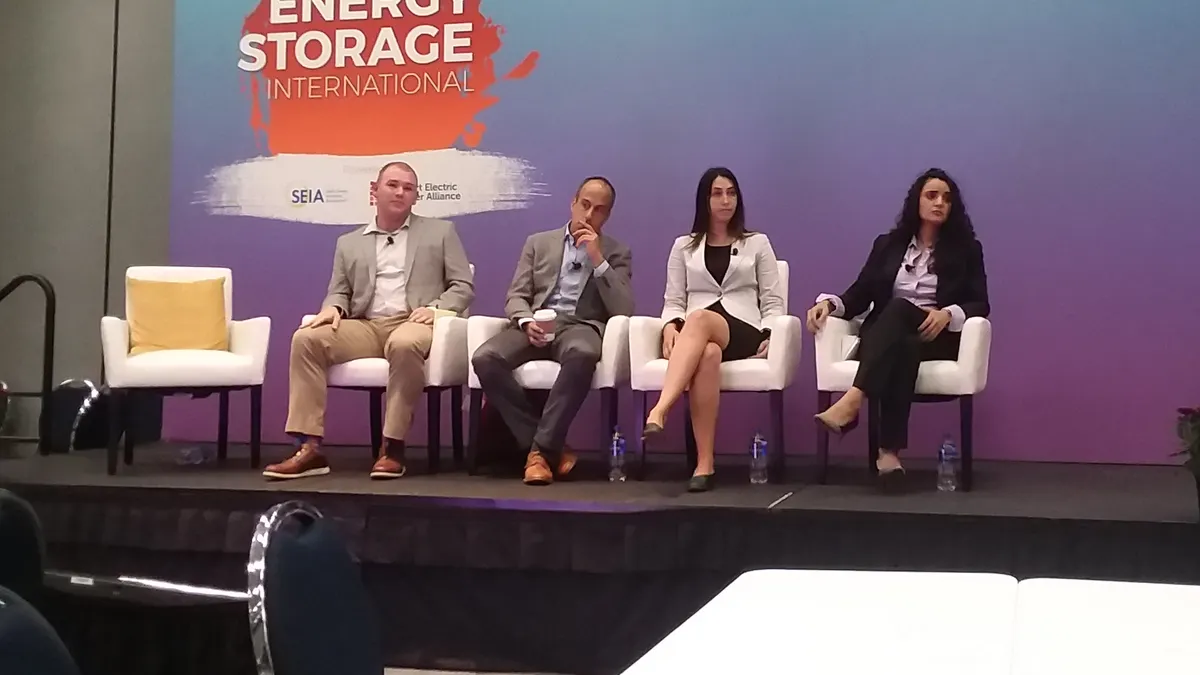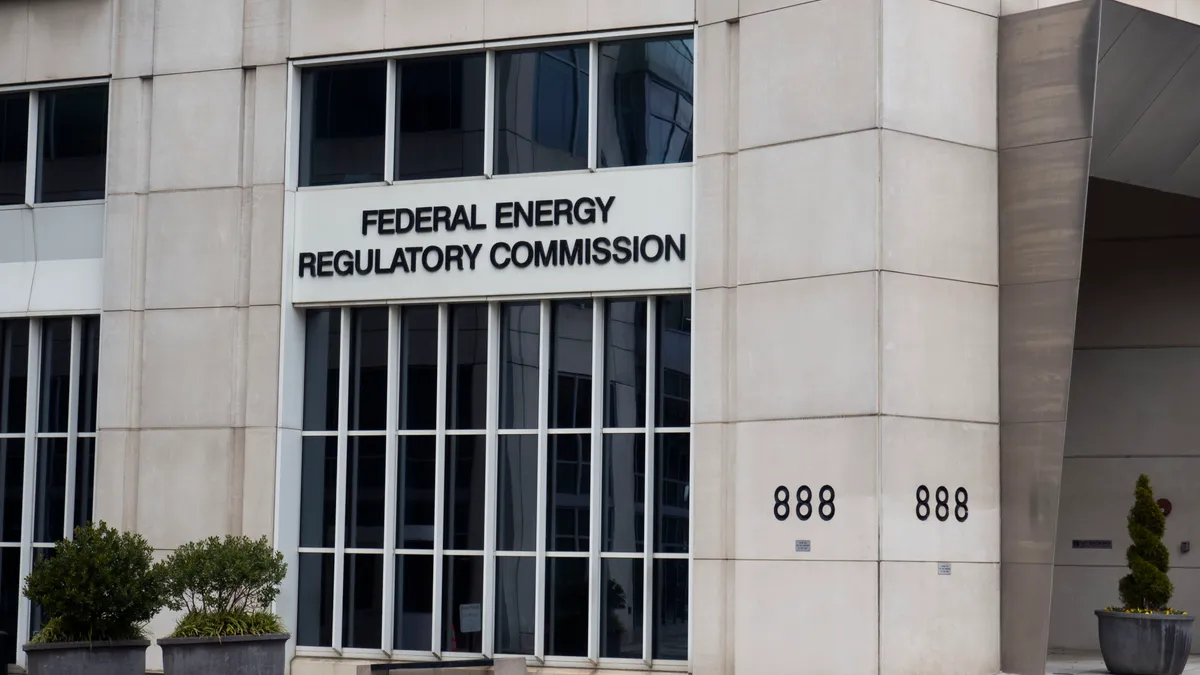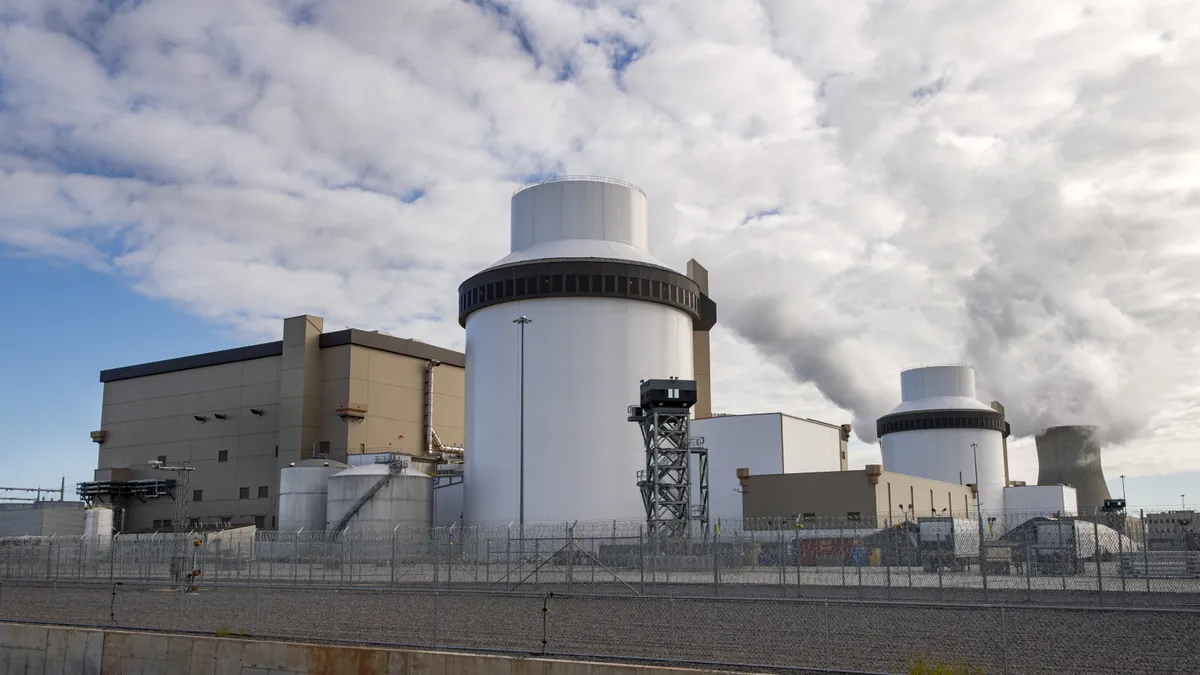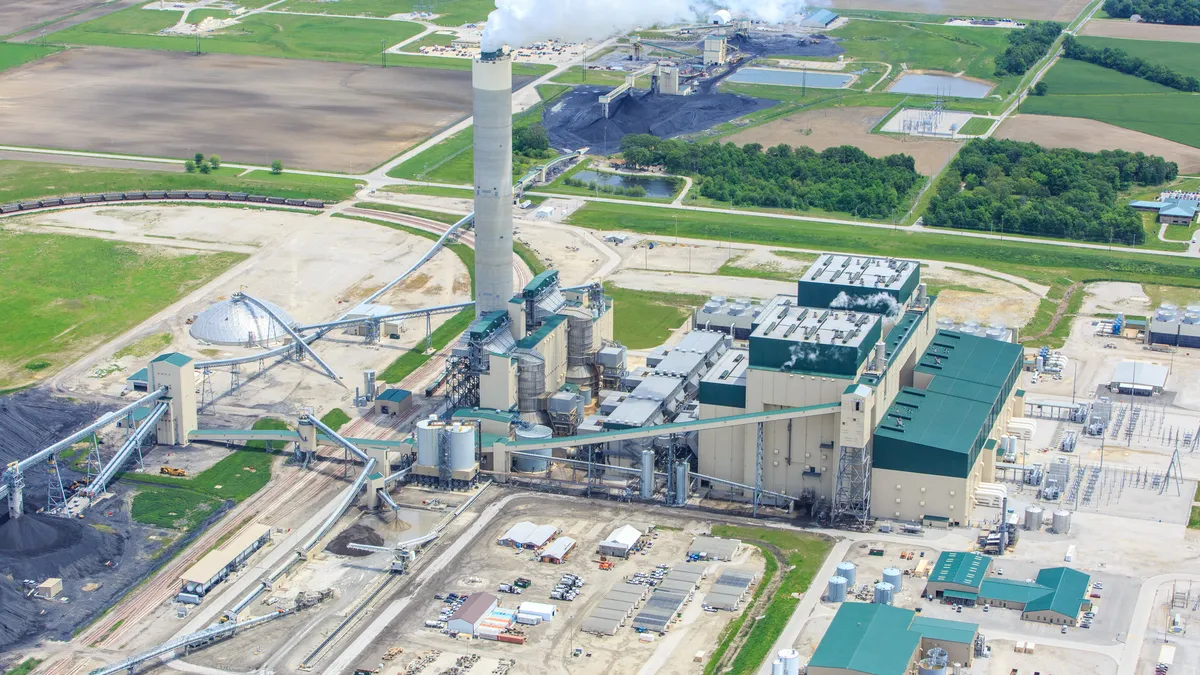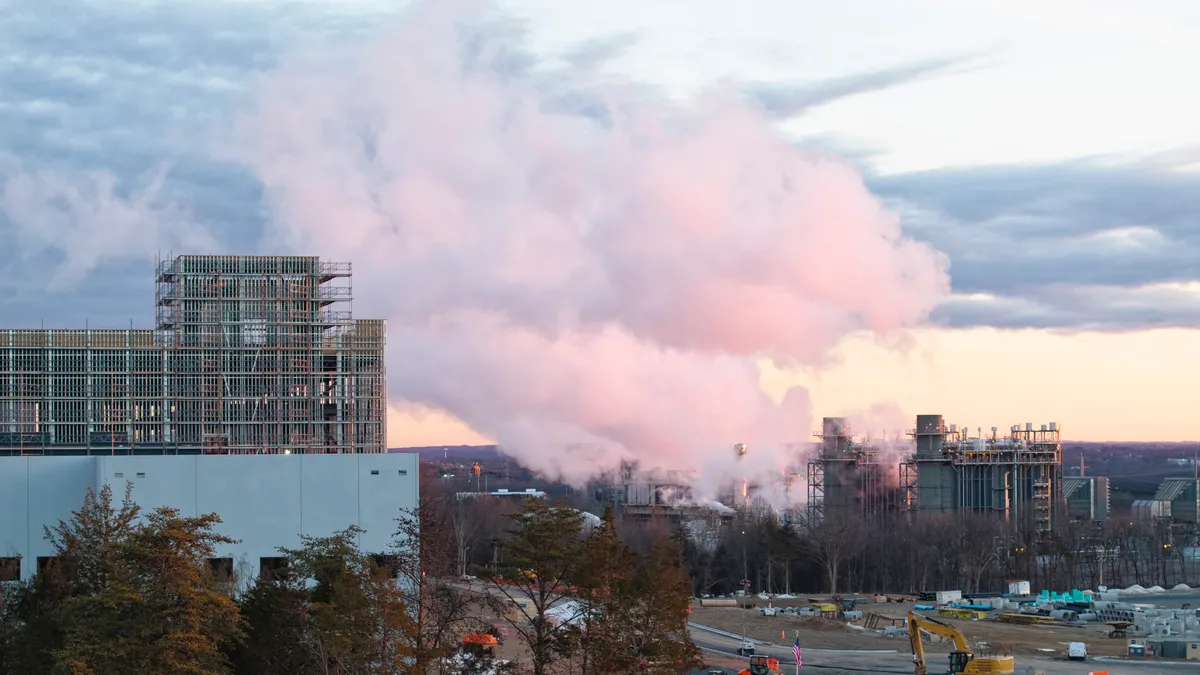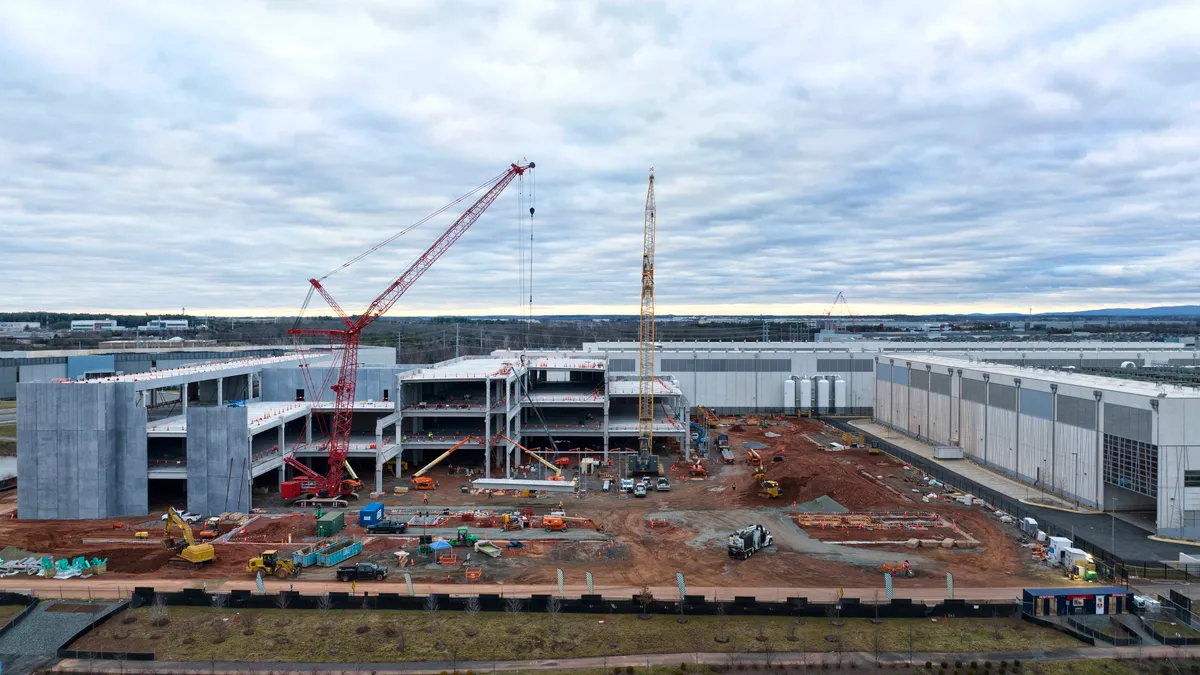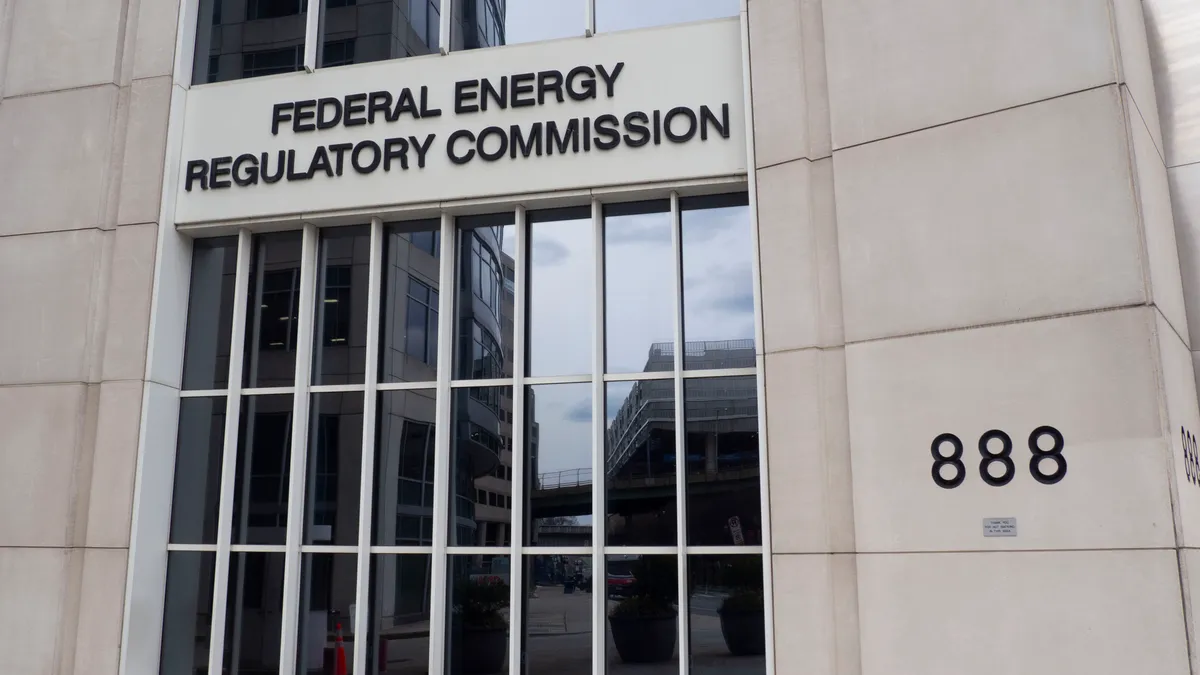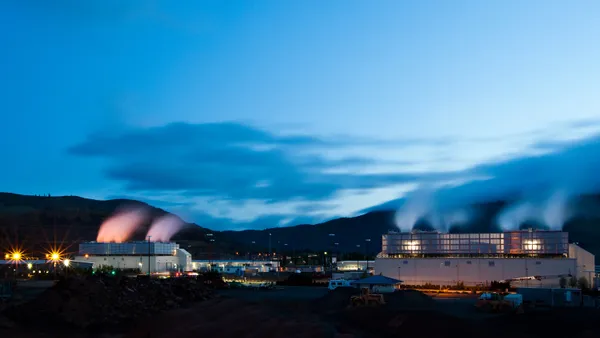ANAHEIM, Calif. — Energy storage executives highlighted three distinct problems with deploying behind-the-meter (BTM) storage systems as part of a Tuesday panel at the Energy Storage International/Solar Power International Conference.
While larger batteries and storage systems are gaining popularity, the industry is in its earlier stages. Borrego Solar Systems, for instance, only recently began offering storage to its customers as it realized the applications of the technology to help manage the intermittency of renewable resources. Other companies like Advanced Microgrid Solutions (AMS) and ENGIE Storage, serve C&I customers and offer a more robust set of capabilities for storage, including demand response capabilities. According to each executive, the three companies see three glaring issues in the space.
1. Figuring out the landscape as a trailblazer of new applications
AMS is five years old but, as senior vice president of policy and markets Manal Yamout told the ESI and SPI crowd, five years is a long time to be doing aggregated BTM storage projects. It comes with a lot of firsts, she said, which can offer the biggest headache.
"Most of our challenges come from the fact that no one's ever done this before," Yamout said during the panel.
Not having more established processes can force a process to slow down, even when regulators, the utility and the customer are onboard to build the asset, she said.
"Most of our challenges come from the fact that no one's ever done this before."

Manal Yamout
Senior vice president of policy and markets, AMS
"When it's time to build the asset, use it to do retail service for the customer like demand side management, capacity service for the utility, and bid into this wholesale market, then all manner of complications come up because nobody's actually even figured out how do you register a system that's doing retail service into CAISO," she said.
Yamout drew on an example that came from being on the forefront: figuring out settlement for a system that provides so many services. It may be difficult to figure out the typical use and the actual capacity that a storage system is delivering, as assets can "perform free services on a daily basis, reducing customers' energy bills" among others, she said.
"I'll spare you the three years of my life that I spent working on this," she quipped to the audience, "but one of the greatest challenges is that for a battery system, the only way you can be really recognized in the CAISO market is like traditional demand response."
But a battery system is different from that, she is quick to point out.
2. Waiting for regulations to catch up
Another headache for BTM storage developers comes from having to work at the pace of utility regulation, according to Juliana Mandell, ENGIE Storage's director of policy and business development.
She prompted a chuckle from the crowd by pointing out that independent system operators and utilities are not traditionally "fast moving," a theme that had been echoed throughout the conference.
"You need to take that step back and do a kind of a hand holding, creating processes to get these things rolling."

Juliana Mandell
Director of policy and business development, ENGIE Storage
"You want them to do it on an expedited timeline because you can do it now and it's exciting," Mandell said. She called it an "inherent struggle" of "being at the forefront" while being unable to cross those thresholds.
However, she followed up, it's the utility's imperative to move slowly to make sure that the moves are safe.
ENGIE Storage faced regulatory issues in terms of aggregation or interconnection, as well as with metering for storage.
"You need to take that step back and do a kind of a hand holding, creating processes to get these things rolling," Mandell said.
More guidance on BTM storage is expected with the Federal Energy Regulatory Commission's Order 841. However, Yamout added, that is more important for less progressive markets than the ones where "most of our companies will be looking."
Markets such as CAISO's are "generally going to be further ahead than where FERC will be," she said.
The California ISO is currently working with stakeholders to enable wholesale market participation of energy storage assets interconnected to the distribution and transmission grids. But, Yamout said, despite CAISO having a wholesale market product for distributed BTM storage, "no one's used it and no one probably will for a while."
3. Expecting better utility interconnection
When prompted for the biggest headache in BTM storage, Dan Berwick, the general manager of energy storage at Borrego Solar Systems, all but blurted out his answer.
"It would be crazy if I answered this question in any other way than utility interconnection," he said.
The interconnection process is facing major revisions under Order 841, but Berwick stipulated that storage businesses and the utility markets would benefit greatly if utilities were in a different mindset, wherein "they wanted to accelerate the adoption" of renewable resources and other third party resources such as storage.
"It would be crazy if I answered this question in any other way than utility interconnection."

Dan Berwick
General manager of energy storage, Borrego Solar Systems
While acknowledging the previous concerns, he claimed utilities needed that shift in their perspective for the deployment process to improve. That process reliability would be key for C&I customers that want assurance of their investment but for the storage market on the whole.
There are many lessons in storage that utilities still need to learn, according to the fourth panelist, Smart Electric Power Alliance senior research associate Nick Esch.
Energy storage, "once it's interconnected," can be automated and "what it's doing can change over its life," and utilities struggle to model that, he said. It's much more complex than solar for example. And to understand that complexity, Esch said it's a matter of experiencing more system deployments and setting more storage standards in place.
"Being able to triangulate between vendors and operators and customers and end up with something that is transparent and sort of in-market ... continues to be a challenge in energy storage, as everybody does things a little bit differently," Berwick said.
The panel didn't critique the financing of storage projects as one of the possible gripes, and it's not just because they were running out of time. The issue wasn't in earnest a problem with half of the panel attendees. Engie Systems has the weight of a utility behind it and AMS backs many of its projects with utility PPAs "that obviously makes it much easier to finance," Yamout said. The company also had received one of the largest project financing for BTM storage when it received $200 million from Macquarie Capital, she said.



